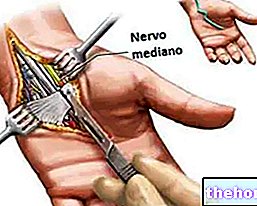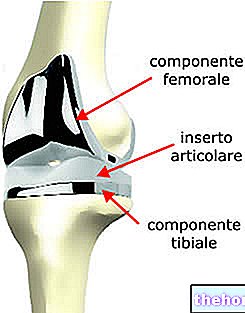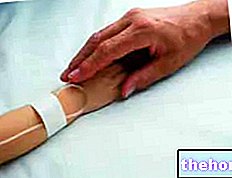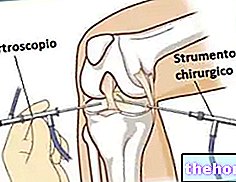
What is Evarrest and what is it used for?
Evarrest is a product used in adults during surgery to stop bleeding where standard methods of controlling bleeding are insufficient. It consists of absorbable material coated on one side with two active ingredients (fibrinogen and thrombin) and is available as a 10.2cm x 10.2cm sealing matrix. During the procedure, the matrices are cut to the size and shape needed to seal the bleeding area.
How is Evarrest used?
Evarrest should only be used by experienced surgeons, who will evaluate the amount to use based on the size and location of the bleeding area. Only a single layer should be applied, overlapping the surrounding non-bleeding tissue by 1-2 cm. from absorbable material that does not need to be removed after surgery. The material is absorbed by the body in about 8 weeks. However, no more than two should be left, as not enough experience has been collected with larger quantities.
How does Evarrest work?
The active ingredients of Evarrest, fibrinogen and thrombin, are proteins extracted from the blood, involved in the natural coagulation process. Thrombin works by dividing fibrinogen into smaller units called fibrins, which later aggregate to form clots. When an Evarrest matrix is applied to a "bleeding area" during surgery, moisture triggers the reaction between the two active ingredients, resulting in rapid clot formation. The clots allow the matrix to adhere more firmly to the tissue, helping to stop the bleeding.
What benefit has Evarrest shown during the studies?
Studies have shown that Evarrest is effective in helping to stop bleeding during surgery: in most patients the bleeding stopped within 4 minutes. One study compared Evarrest with another product, Surgicel, in patients undergoing abdominal, thoracic and pelvic surgery. In 98% (59 out of 60) of patients in the Evarrest group, bleeding stopped within 4 minutes (with no recurrence of bleeding over a 6-minute observation period); this result was observed in 53% of Surgicel treated subjects (16 out of 30). Two studies compared Evarrest with commonly used surgical techniques considered standard. In a study of patients undergoing abdominal, thoracic and pelvic surgery, bleeding stopped within 4 minutes in 84% (50 out of 59) of patients treated with Evarrest, compared with 31% (10 out of 32) of patients treated. with the standard technique. Similar results emerged from a study in patients undergoing liver surgery: bleeding stopped within 4 minutes in 83% (33 out of 40) of patients treated with Evarrest, compared to 30% (13 out of 44) of patients treated with the standard technique.
What is the risk associated with Evarrest?
Complications seen in patients treated with Evarrest are generally related to the surgical procedure and previous conditions, and include postoperative bleeding and increased blood fibrinogen levels. For the full list of side effects reported with Evarrest, see the package leaflet. Evarrest should not be used to repair large blood vessel wall lesions, should not be applied inside blood vessels and should not be used indoors. (for example, openings in the bones). Furthermore, it should not be used in the presence of an active infection or in contaminated parts.
Why has Evarrest been approved?
The Agency's Committee for Medicinal Products for Human Use (CHMP) noted that Evarrest has been shown to be effective in "stopping" bleeding during surgery and that it could be an appropriate alternative to other products and techniques. Complications observed in studies conducted with Evarrest were generally due to the surgical procedure and previous conditions, although cases of recurrence of bleeding have been observed from sites where Evarrest matrices were used. Evarrest should therefore only be used when standard methods for the control of bleeding are insufficient.
The CHMP concluded that Evarrest's benefits outweigh its risks and recommended that it be given a 'Marketing Authorization' for the medicine.
What information is still awaited for Evarrest?
A risk management plan has been developed to ensure that Evarrest is used as safely as possible. Based on this plan, safety information has been added to the summary of product characteristics and information leaflet for Evarrest, including the appropriate precautions to be followed by healthcare professionals and patients.
Learn more about Evarrest
On 25 September 2013, the European Commission issued a "Marketing Authorization" for Evarrest, valid throughout the European Union. For the full version of the Evarrest EPAR, see the Agency's website: ema.Europa.eu / Find medicine / Human medicines / European public assessment reports For more information on Evarrest therapy, read the package leaflet (included with the EPAR) or contact your doctor or pharmacist. Last update of this summary: 09-2013
Information about Evarrest published on this page may be out of date or incomplete. For a correct use of this information, see the Disclaimer and useful information page.
















.jpg)











